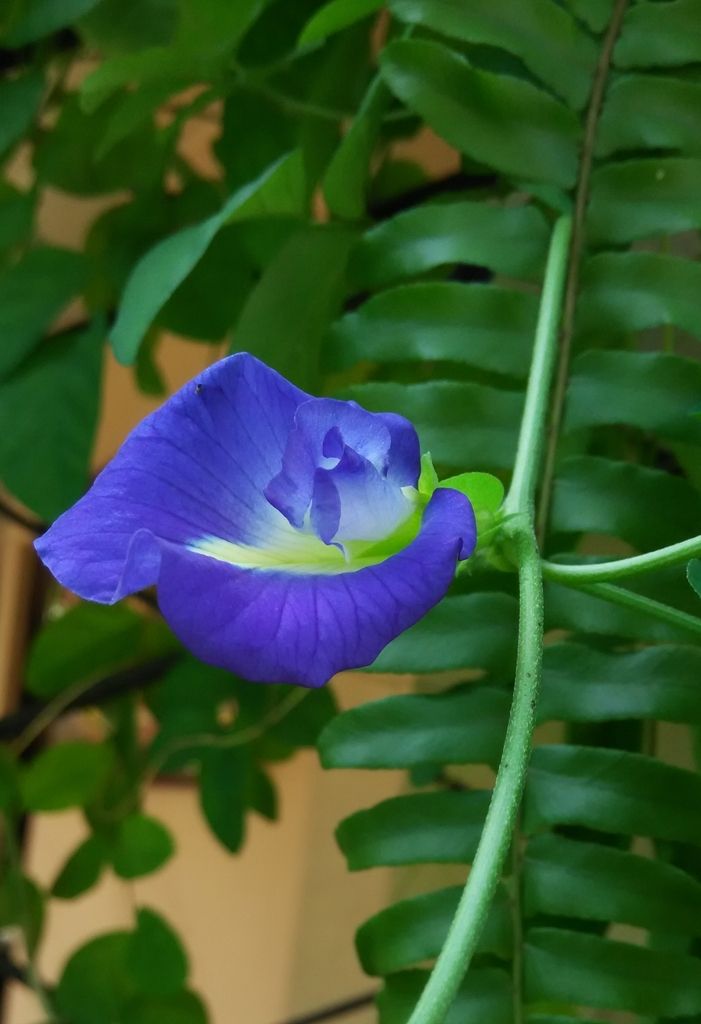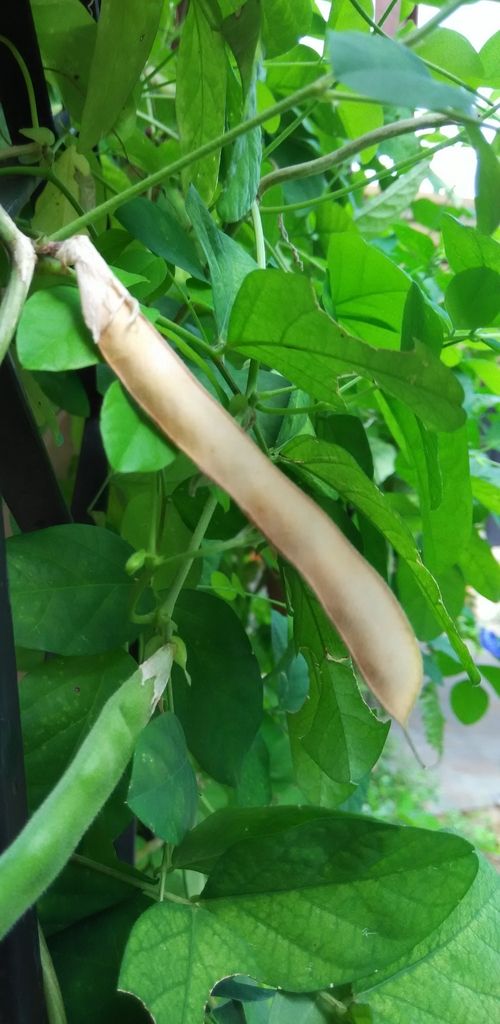The story began with an old farmer's gaze across his little farm. His wife (and soulmate) had died a few years prior. His son was a corporate lawyer in the city. The afternoon stretched its listless arm into the horizon. A solitary figure appeared like a speck of dirt bobbing in the distant mirage.
The speck of dirt grew bigger at the old man's penetrating gaze and soon, a familiar face grinned boyishly in his direction. The old man's wrinkled face broke into a smile. Blessed be that speck of dirt for is that not his grandson?
They spent many hours together, lazying in the sun, listening to the trees whisper their secrets to the wind, reminiscing and sharing quiet moments.
"Legumes are a wonderful crop. They return the nitrates to the soil so if you plant any crop, be sure to rotate them with legumes." The old man whispered to his grandson that last evening when the sun's glow was sinking in the horizon. |
|
On the following morning, the lad had to return to the city. Hugging his grandson dearly to his bosom, the old man mumbled, "Remember what I said about the legumes."
That was the last time they met. On the following week, they were informed that the old man had died. The farm was bequeathed to his grandson.
So, legumes are cool! They are good for your soil. God's gift to Mother Earth ... yada-yada-yada!
So, legumes are cool! They are good for your soil. God's gift to Mother Earth ... yada-yada-yada!
The rich blue coloring appeared when the flowers were immersed in hot boiling water. Pouring the blue liquid into my Bohemian crystal seemed like a good idea only if a squirt of honey entered the equation. In the picture on the right, the wine glass in the background is filled with the rich blue butterfly pea drink.
A few drops of lime was added to the glass in the foreground. The drink turned purple. When more lime juice were added, the color became a nice pink. |  |
Inspired by the above experiment, I was ready to use this plant as an additive in my cold process Marseille soap. Having cooled down the blue solution, I poured in the lye. Oh, Mother of Joy! To be at the fringe of a new discovery. How I held on to my breath and stilled my beating heart.
To my consternation and utter disbelief, the blue color ... so intense ... so rich, disappeared after a few swirls. What the - ! Dangit! What in the name of the dastardly insect of an amphibious maggot just happened? Where did the blues go? Oh, horror of horrors!
To my consternation and utter disbelief, the blue color ... so intense ... so rich, disappeared after a few swirls. What the - ! Dangit! What in the name of the dastardly insect of an amphibious maggot just happened? Where did the blues go? Oh, horror of horrors!
Yet, there were online stores selling rich blue butterfly pea soaps. How did they do it?
Duly humbled by the dastardly lye, I gathered my scheming wits to contrive a devious plan. I'll get past the lye. I'll add the blue food coloring after the base and the oils are whisked to trace. It was as good a plan as any plan could be. And it was as bad a plan as any plan could get. The entire affair left me in ill humor.
With the Rule of Threes in mind, I could not conceivably give up this Fool's Errand so I thought about plant powder. I harvested more flower petals, dehydrate and made mincemeat out of them in a food blender. Behold, the blue powder!
They were added after the trace. I could see blue specks in the soap. Oh Mother of Jubilation! This is a success story waiting to be told.
Two days later, the soaps were unmolded and cut. Brown specks betrayed their ugly secrets.
In my list of Natural Soap Colorant, butterfly pea was quietly struck out.
In my list of Natural Soap Colorant, butterfly pea was quietly struck out.


No comments:
Post a Comment